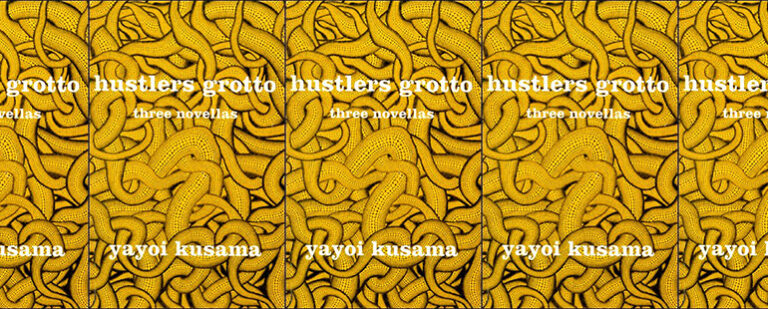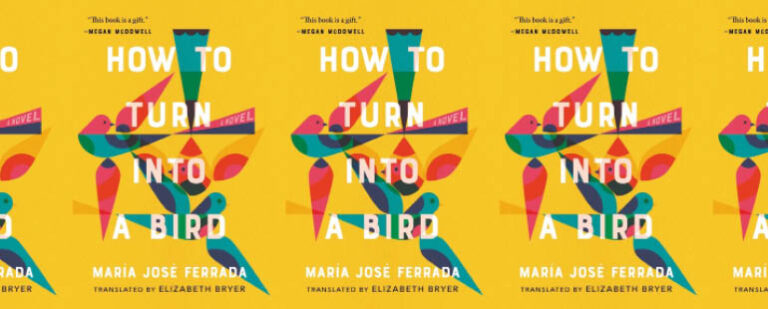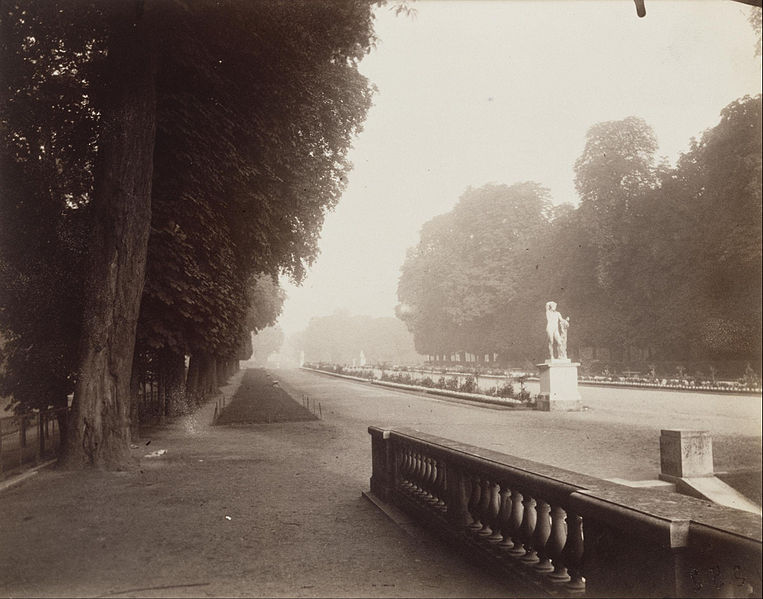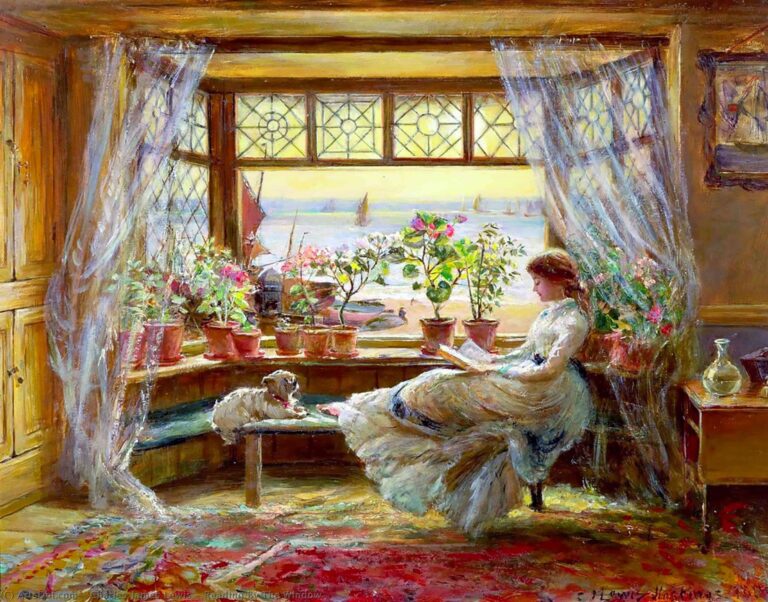The Artist as Writer
In 1973, Kusama Yayoi returned to Japan from New York and began experimenting with poetry and fiction.

In 1973, Kusama Yayoi returned to Japan from New York and began experimenting with poetry and fiction.
Translation by Martyn Crucefix and Nancy Feng Liang I woke this morning to find my house surrounded by two things: the turtledove and the willow. When I write, there is the sculpted turtledove, the spoken willow. When I drink tea, the replete turtledove, the hollowed-out willow. When I cannot get to sleep,…
“Is there a poetry of peace?” asked the poet Denise Levertov in her 1989 essay, “Poetry and Peace: Some Broader Dimensions,” only to answer in that very essay: “No.” After all, how can there be a poetry of something that was never deeply experienced, never deeply felt? She claimed that, like a poem, peace cannot…
It’s a small mark, quick cut, a single stroke. An incident, not the main event, on the page—more flicked than drawn, starting at the top and moving, diagonally, down to the left. A diacritic. It’s a diacritic. I don’t want to use the word accent. (That question, which plagues me in the francophone world: D’où…
Since I was a child, I’ve had nightmares of annihilation. Though they disappeared in my twenties, they resurfaced here and there in my thirties, and in my forties, they became frequent. Sometimes they were tied to world events; other times to stresses at work, in life. During that very long year, they involved being trapped…
Martyn Crucefix’s recent publications are Cargo of Limbs (Hercules Editions, 2019) and The Lovely Disciplines (Seren, 2017). These Numbered Days, translations of the poems of Peter Huchel (Shearsman, 2019) won the Schlegel-Tieck Translation Prize, 2020. A Rilke Selected will be published by Pushkin Press in 2023. A translation of essays by Lutz Seiler, Sundays I…

How to Turn into a Bird María José Ferrada Tin House | December 6, 2022 Ramón, the protagonist in How to Turn into a Bird, is not like the others. He left his job working long hours at the factory. He no longer lives within the thin walls of his apartment complex with his young…

When voicedness in art is tied to vulnerability in life, exposure—and not evasion, denial, and declarative muteness—ensures survival.

Studies with children have directly connected reading fiction with the development of empathy, but things get messy when we look at how empathy actually works in the real world. Who are we empathizing with, and who are we leaving out? And will it really lead to moral action, or is it just a sentimental entertainment?
No products in the cart.